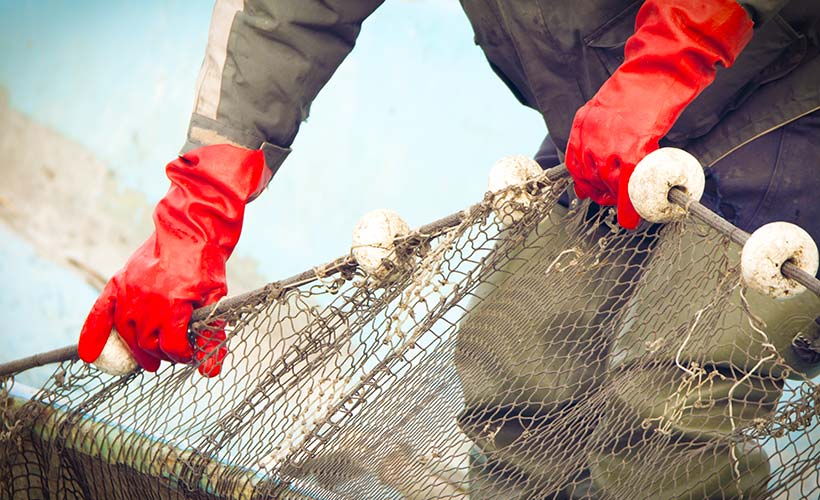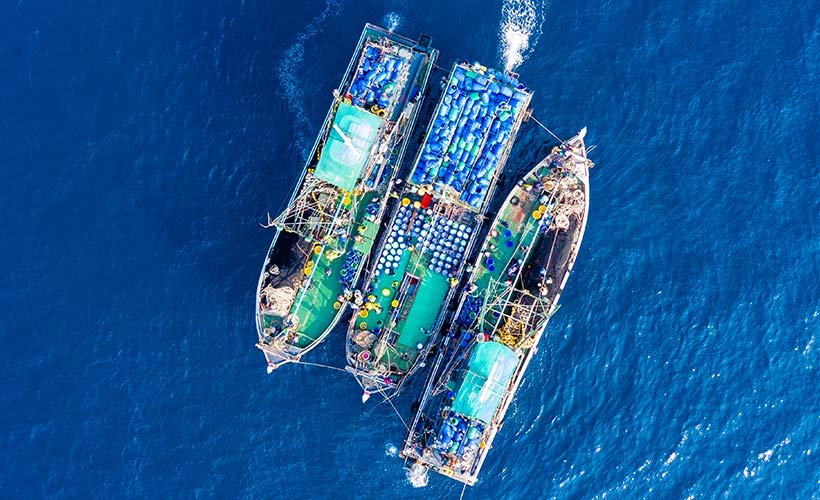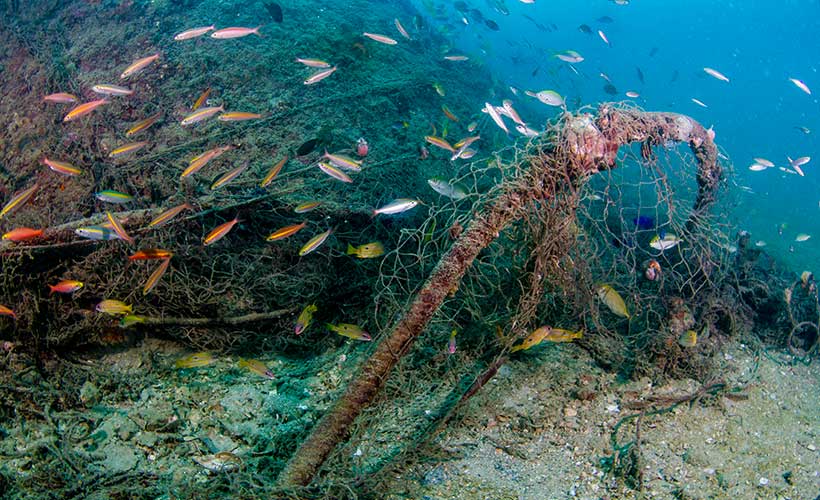5 Problems in the Fishing Industry: What is Norway Doing to Tackle Them

As the country with the second-longest coastline on the planet, Norway boasts an incredible natural resource, that is both support to its economy and a vital component of the natural identity. The water surrounding Norway is home to their fishing industry, which provides the country with over 30,000 jobs. That is not to say that it doesn’t have its challenges. Both globally and within Norwegian waters, there are problems in the fishing industry that we must face head-on.
As we become more knowledgeable about the world around us, we realize that some of the traditional fishing methods we have used are damaging the world around us. Norway has gained a reputation as a country that faces up to this responsibility, continuously making improvements to increase the sustainability of fishing practices.
Here are five problems in the fishing industry and what Norway is doing to tackle them.
Overfishing

Overfishing causes an issue for many of the species we are most familiar with, both tuna and cod being obvious examples. For those of you unfamiliar with the term, overfishing is the practice of harvesting fish from the ocean at a faster rate than the fish can reproduce.
It can lead to depleted stocks and can disrupt the overall food chain. This, in turn, creates further issues throughout the ecosystem and the overall marine climate.
What is Norway Doing?
In the late 1980s, Norway had issues with its stock of both herring and cod. To combat this, it set strict quotas, which helped the supply of these fish bounce back.
In more recent times, Norway became a founding member of a 14-country Ocean Panel. This group came together in December 2020. It is the world’s biggest ocean sustainability initiative.
As part of this group, Norway vowed to continue to listen to scientific advice and to help prevent overfishing in our waters.
Bycatch
Unfortunately, bycatch is a serious problem in the fishing industry and is virtually impossible to completely irradicate.
Bycatch is a term describing species other than the ones you intended to catch. Species which get stuck in the fishing equipment.
According to statistics, of the 93 million tons of fish caught every year, 38.5 million tons are bycatch. This astounding statistic shows the waste and damage to the ecosystem we commit by non-sustainable fishing practices that don’t aim to minimize bycatch.
What is Norway Doing?
The battle against bycatch is an ongoing one and it hasn’t been won just yet. However, Norway is constantly looking for new ways to minimize the results of this problem.
For instance, the country enforces regulations around the use of certain types of equipment that minimize bycatch.
The Norwegian Ministry of Trade and Industry has also recently announced regulations around the mandatory use of low-frequency transmitters that deter porpoises and other marine mammals from areas where fishing nets are present.
Ocean Floor Issues

The flora and fauna that live on the ocean floor can be badly affected by certain types of fishing. These waters have delicate ecosystems that suffer even when aggressive fishing distroyes only one element.
Bottom trawling is a particular issue in this instance.
This type of fishing is when heavy-weighted nets are carried across the seafloor and disrupt anything in their path. It can be devastating for creatures living in that area. As if that wasn’t enough, the practice also releases carbon,and causes further environmental problems.
What is Norway Doing?
Although there is always room for improvement, Norway has taken several steps towards making these fishing methods less impactful on our overall environment.
For instance, it has closed areas and imposed national regulations affecting bottom trawling in its waters.
This is a type of fishing that leaves a large footprint. Hence, the entire world needs to improve its stance towards it. Thought, it is encouraging that there are steps being taken.
Illegal Fishing
Illegal, unregulated, and unreported (IUU) fishing contributes to several problems in the marine ecosystem.
According to the United Nations, it “remains one of the greatest threats to marine ecosystems due to its potent ability to undermine national and regional efforts to manage fisheries sustainably as well as endeavors to conserve marine biodiversity.”
What Is Norway Doing?
As part of the Norwegian Fish for Development Programme, Norway dedicated funds to help fight this issue in developing countries.
This is an area that the Norwegian governing bodies are constantly trying to battle, both home and abroad. Their efforts reflect in the partnerships Norway develops with other countries.
Bad Implementation
There is little point in having proper rules and regulations if no one is implementing them.
Regulatory bodies should work to impose catch limits and a ban on certain types of fishing. Otherwise, you are just hoping for a healthy marine system, while not doing anything to actually achieve this goal.
What Is Norway Doing?
We, Norwegians, take law implementations very seriously. This is displayed in the fact that the Norwegian Coast Guard spends about 70 percent of their time ensuring that regulations are correctly adhered to.
Meanwhile, The Directorate of Fisheries regularly inspects fishing vessels throughout Norway’s waters.
Conclusion
Norway’s policies surrounding the problems in the fishing industry are constantly improving. It is a country whose dedication to sustainability is more than just an ethos, it is a commitment to actual action.
